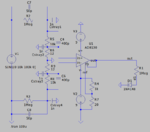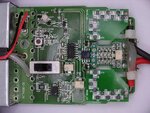KlausST
Advanced Member level 7

Hi,
...and hopefully it helped to see the problem of your circuit
Klaus
It was no isolation measurement, just voltage.I doubt a DVM is the correct instrument to measure isolation.
...and hopefully it helped to see the problem of your circuit
Klaus









